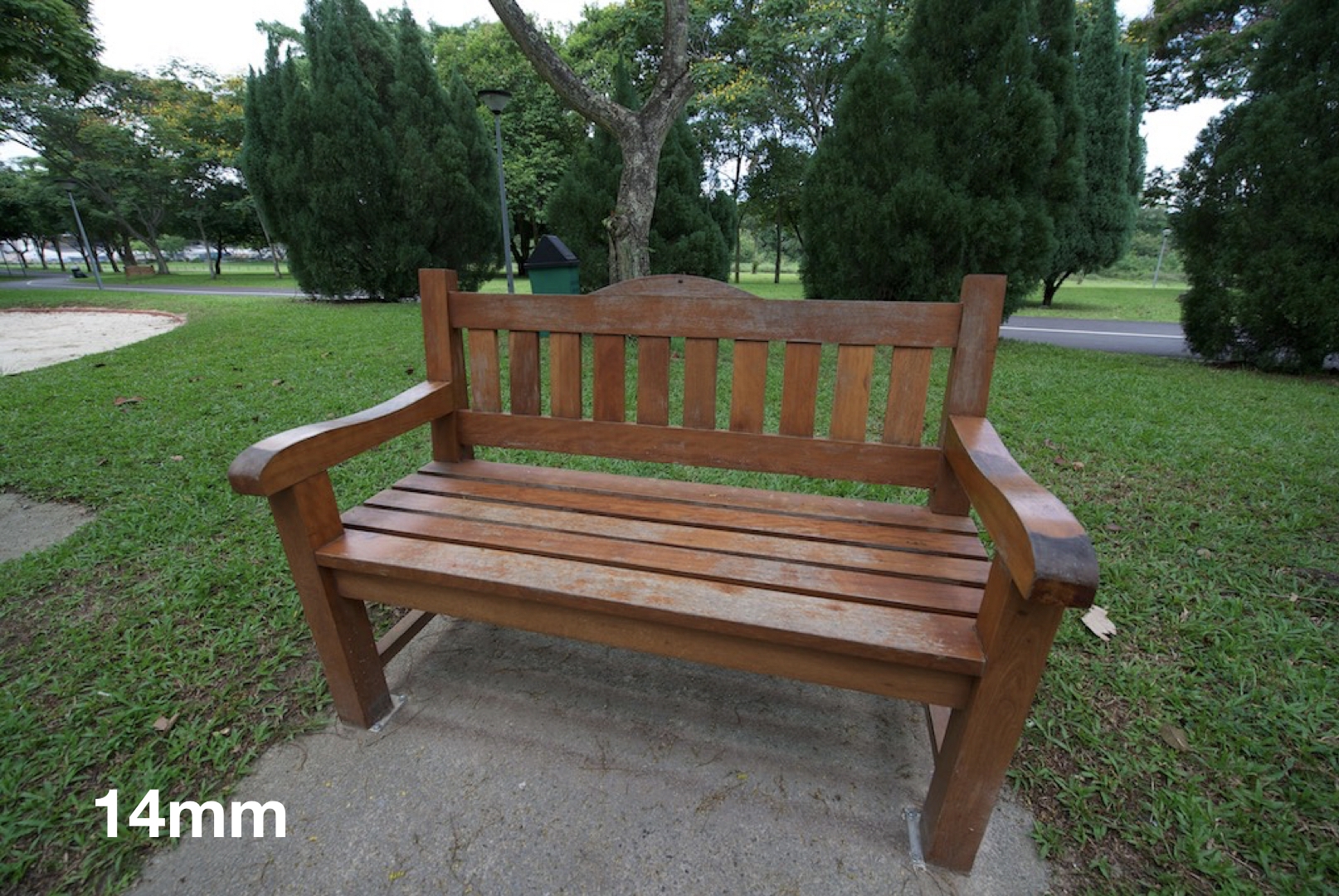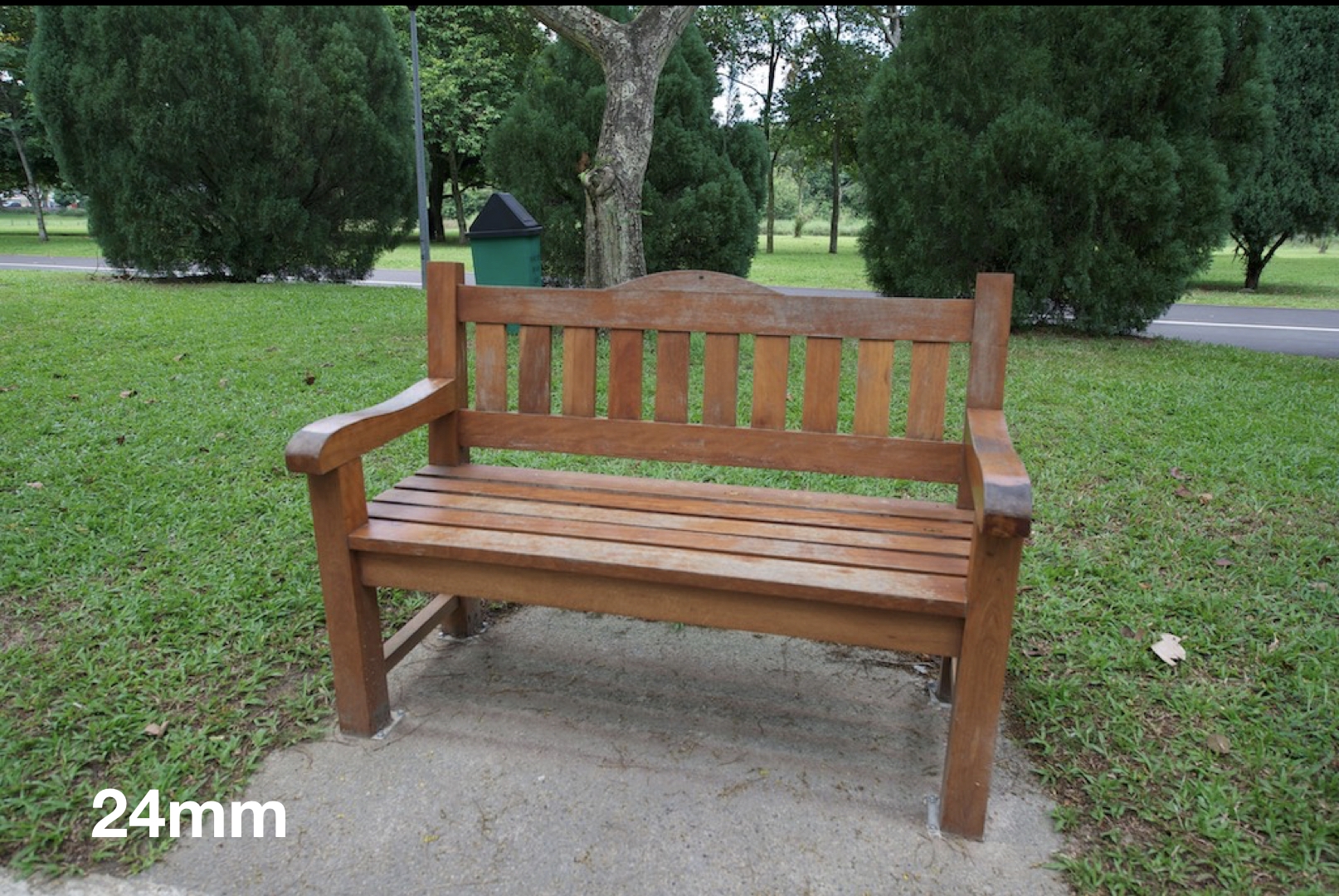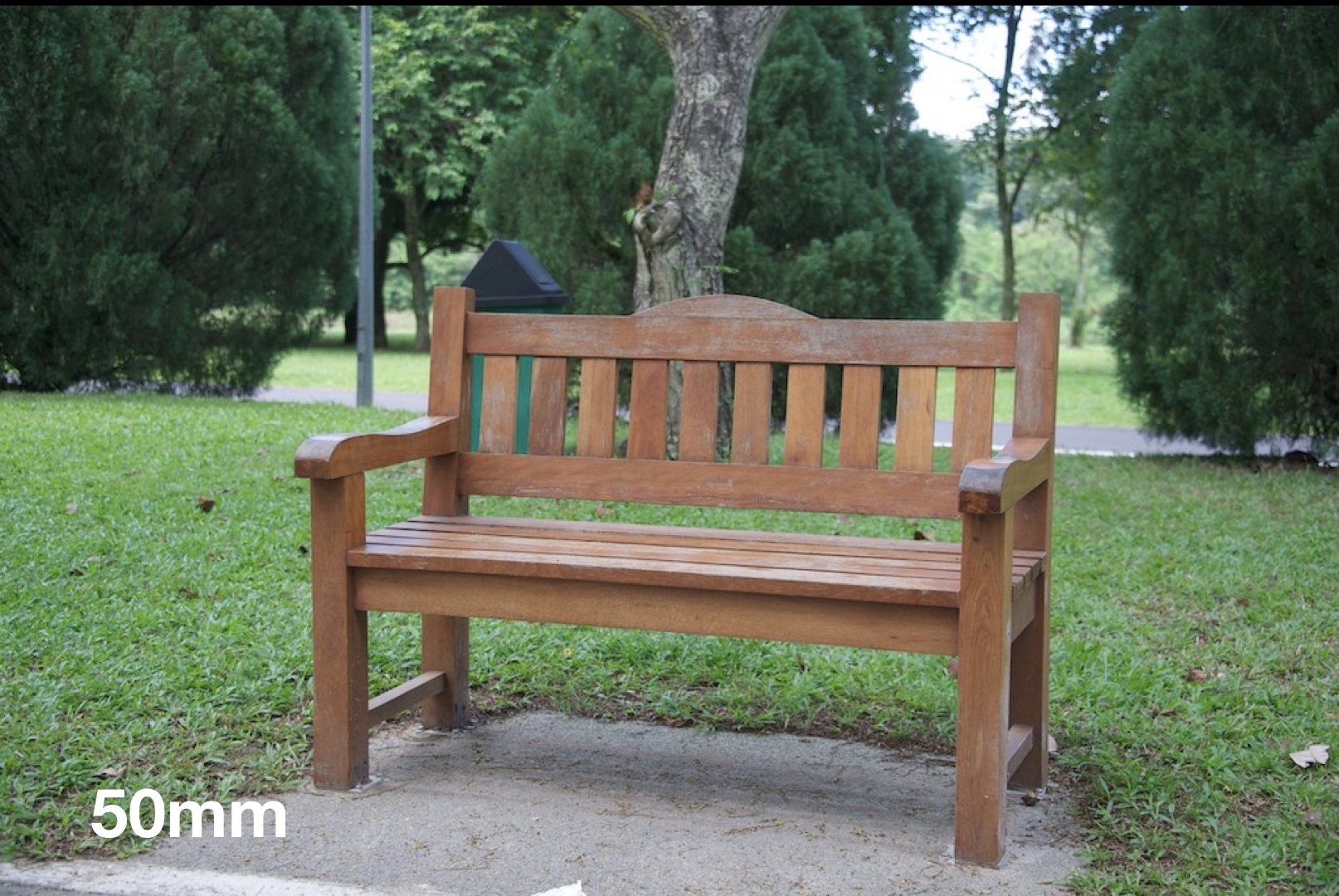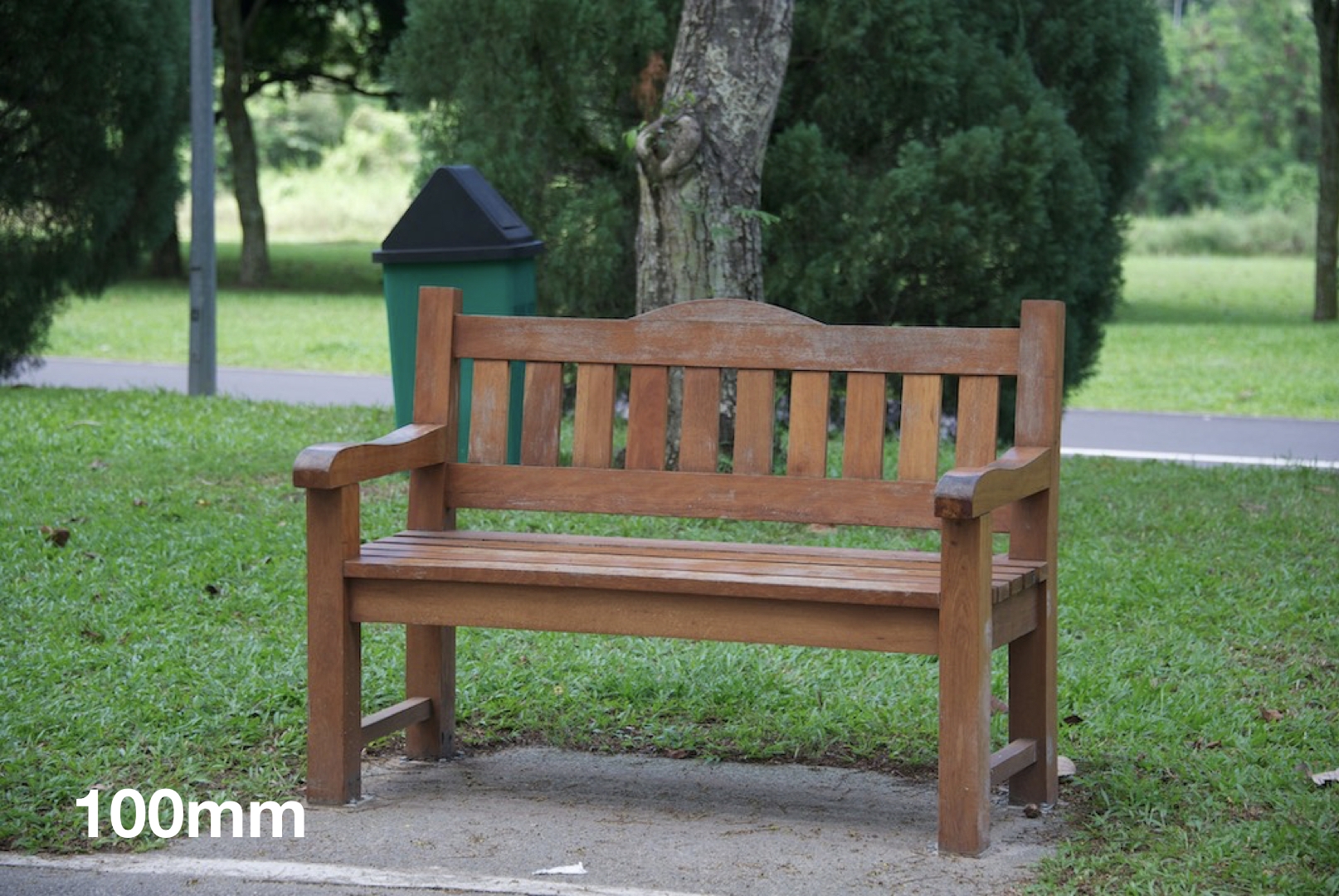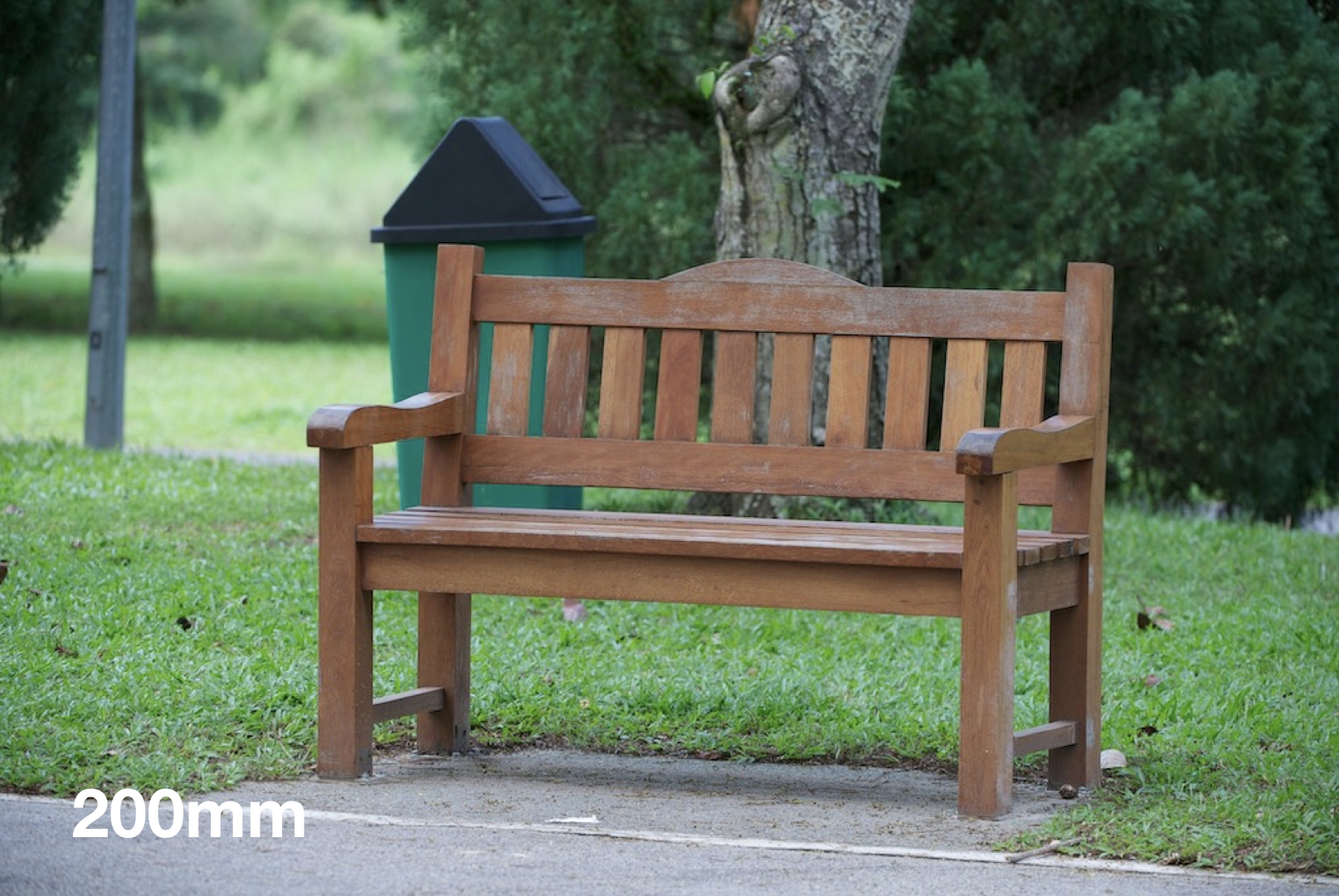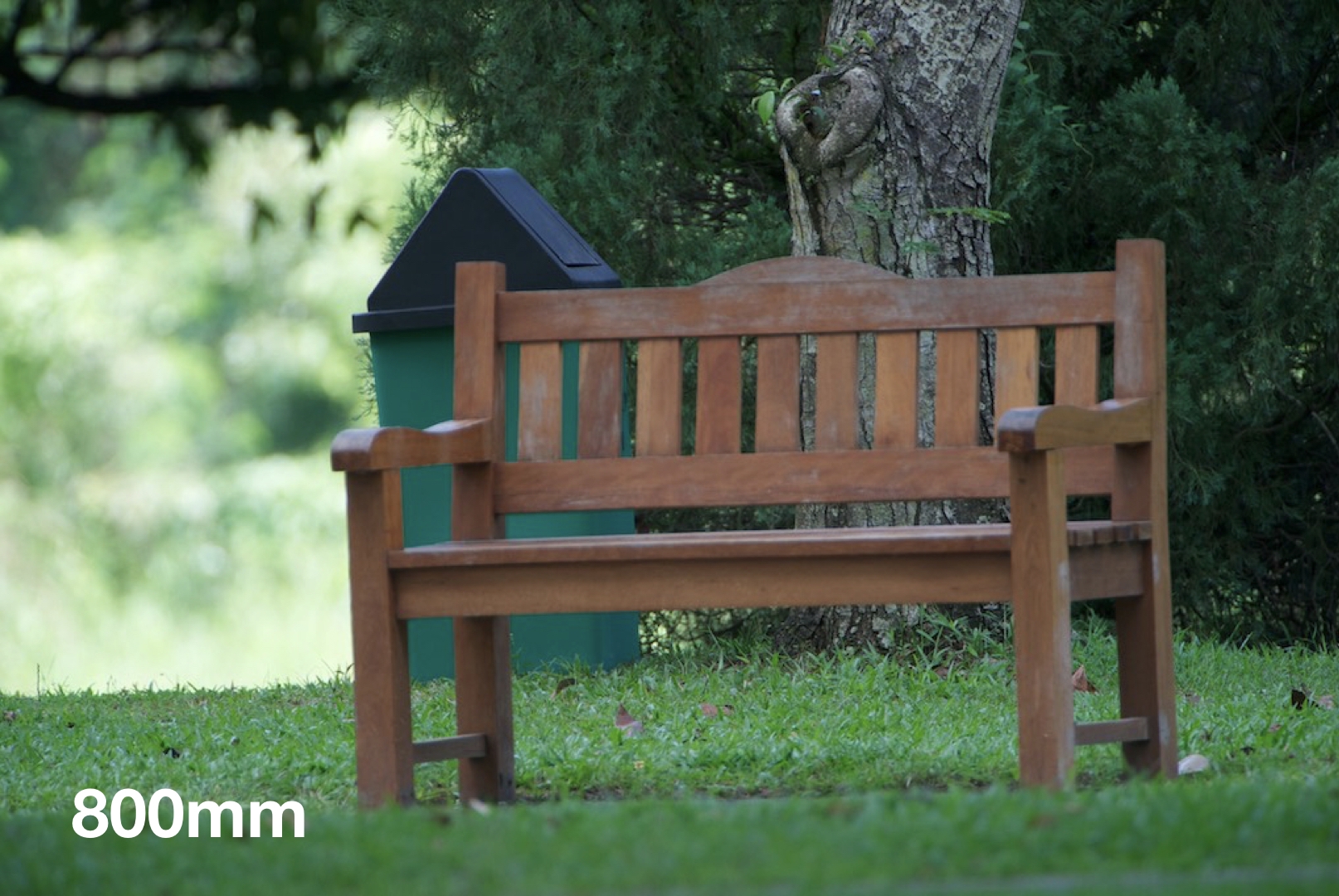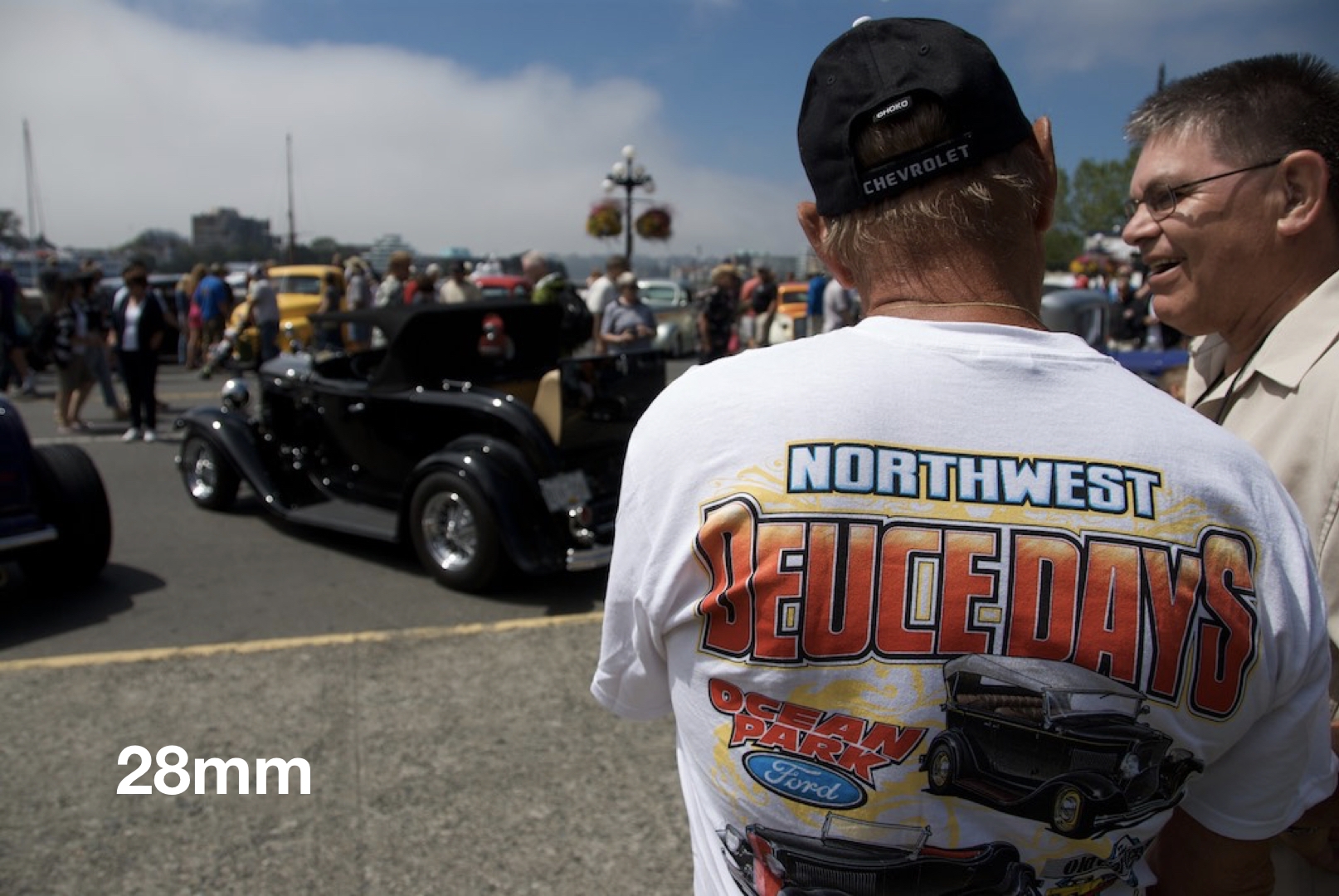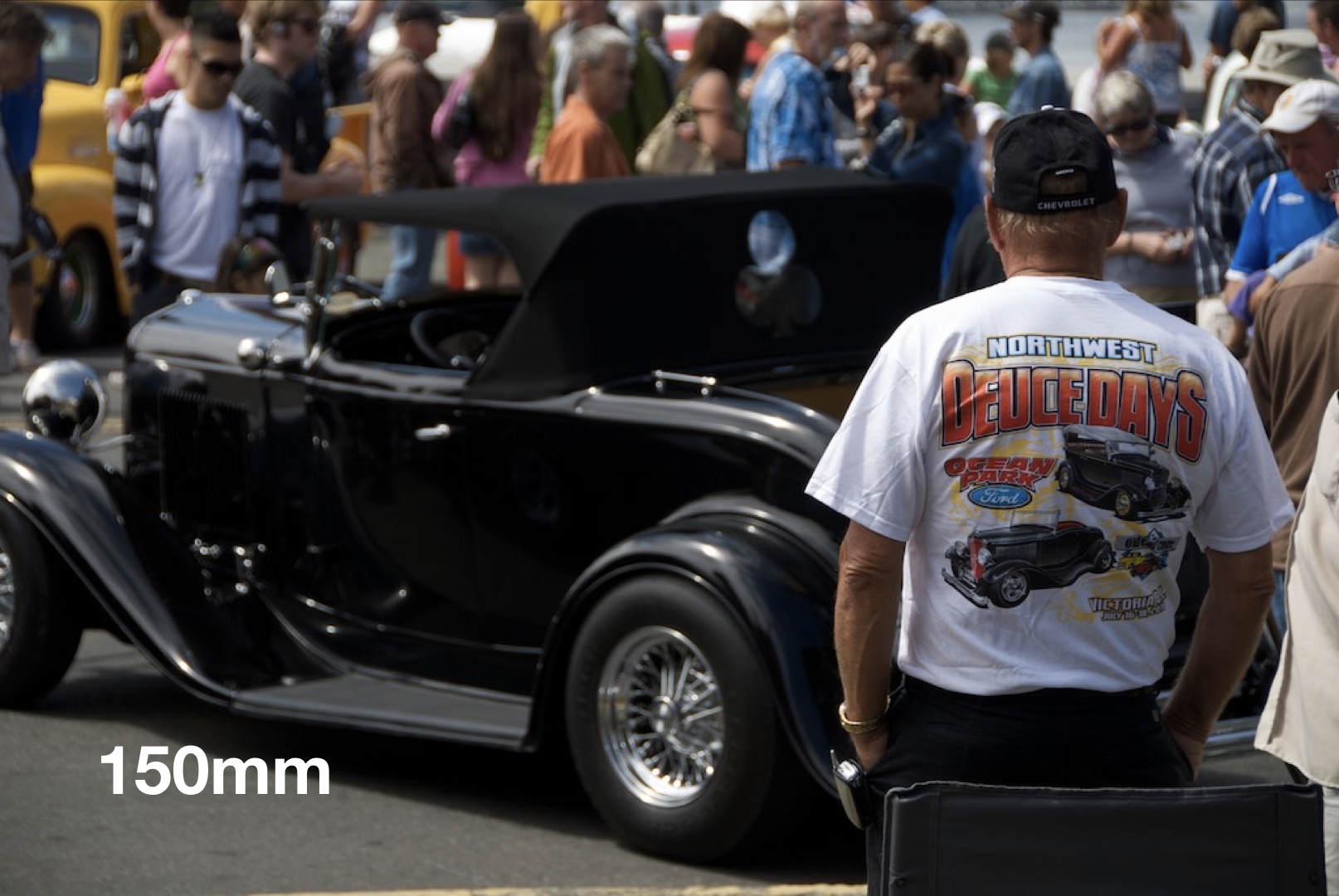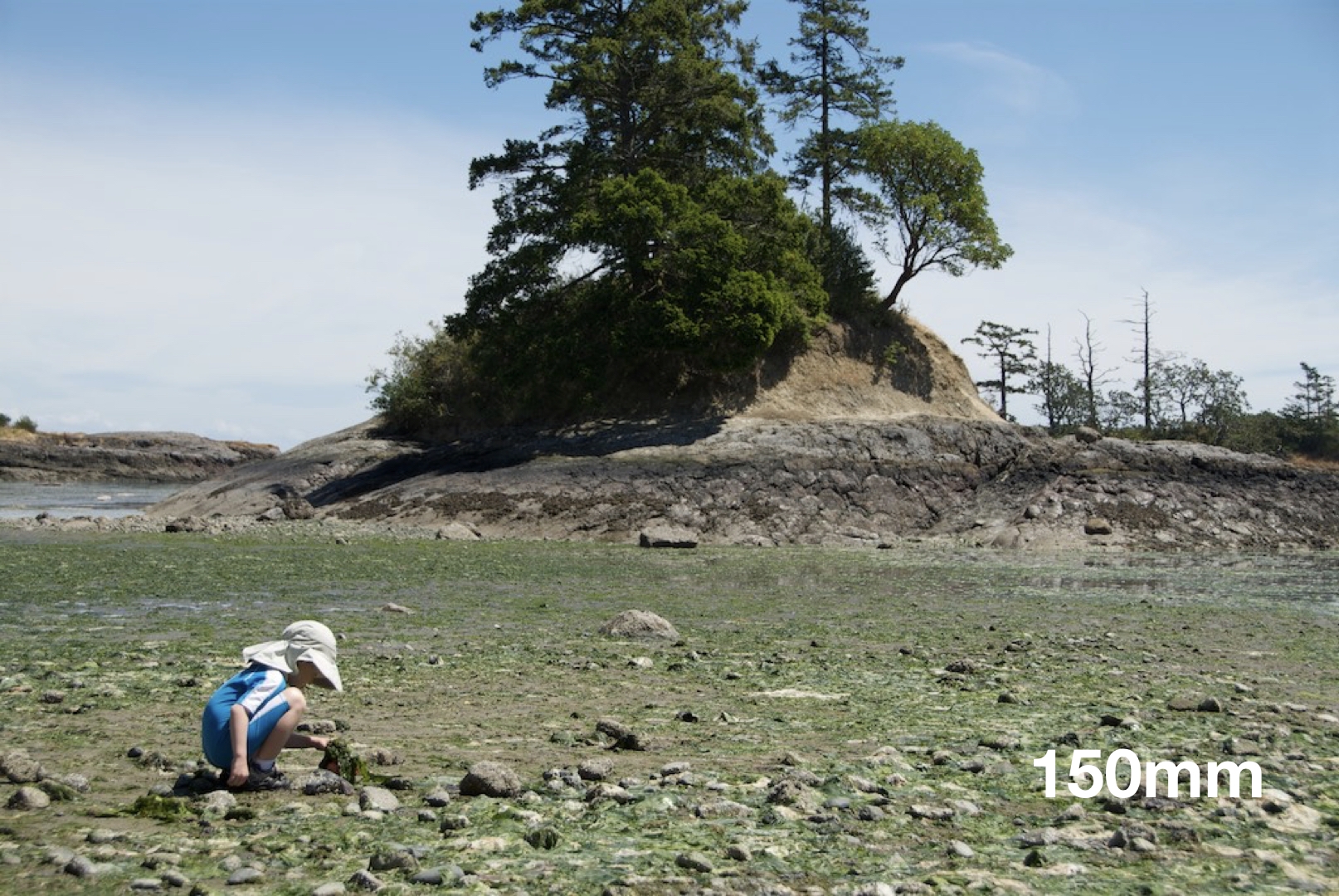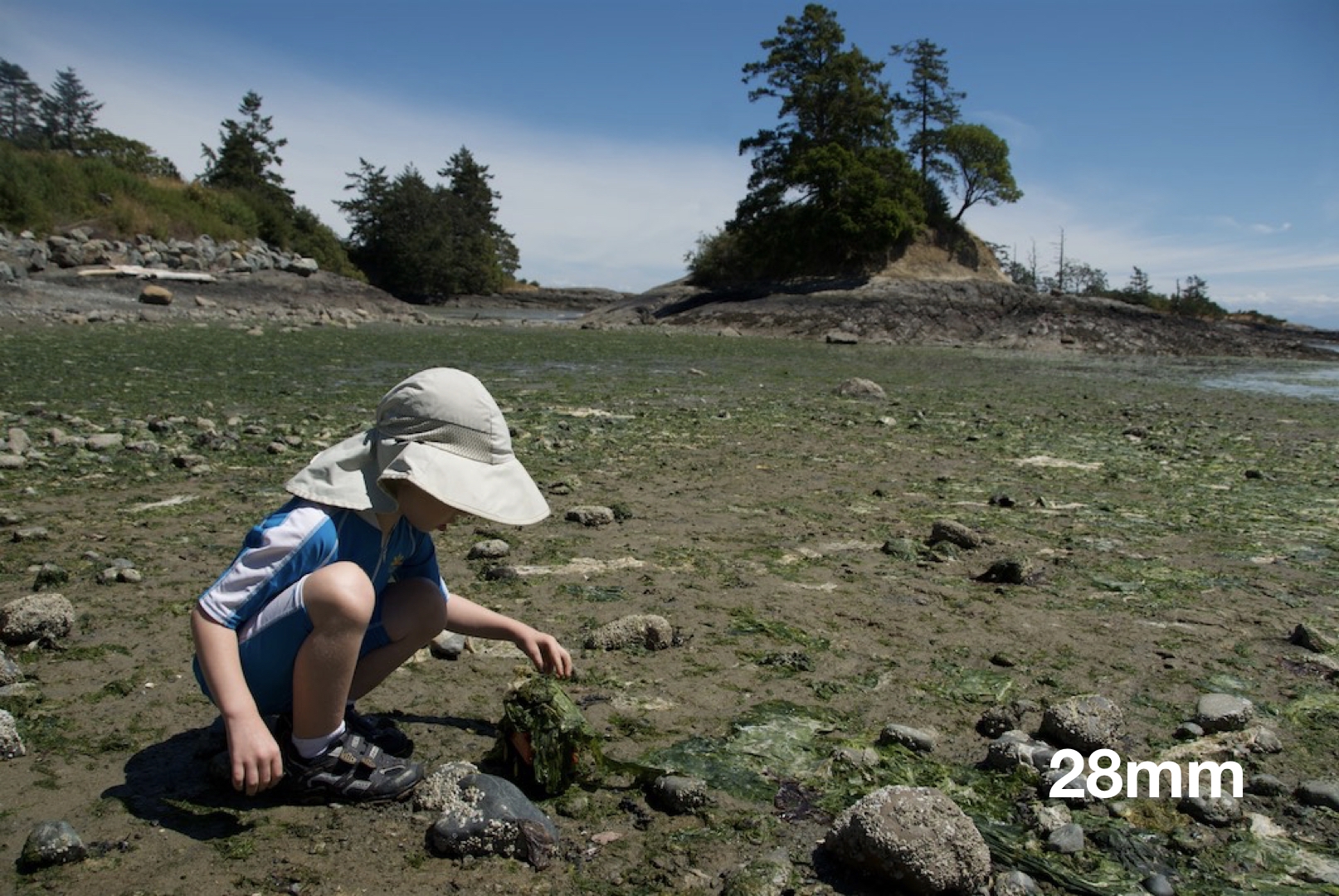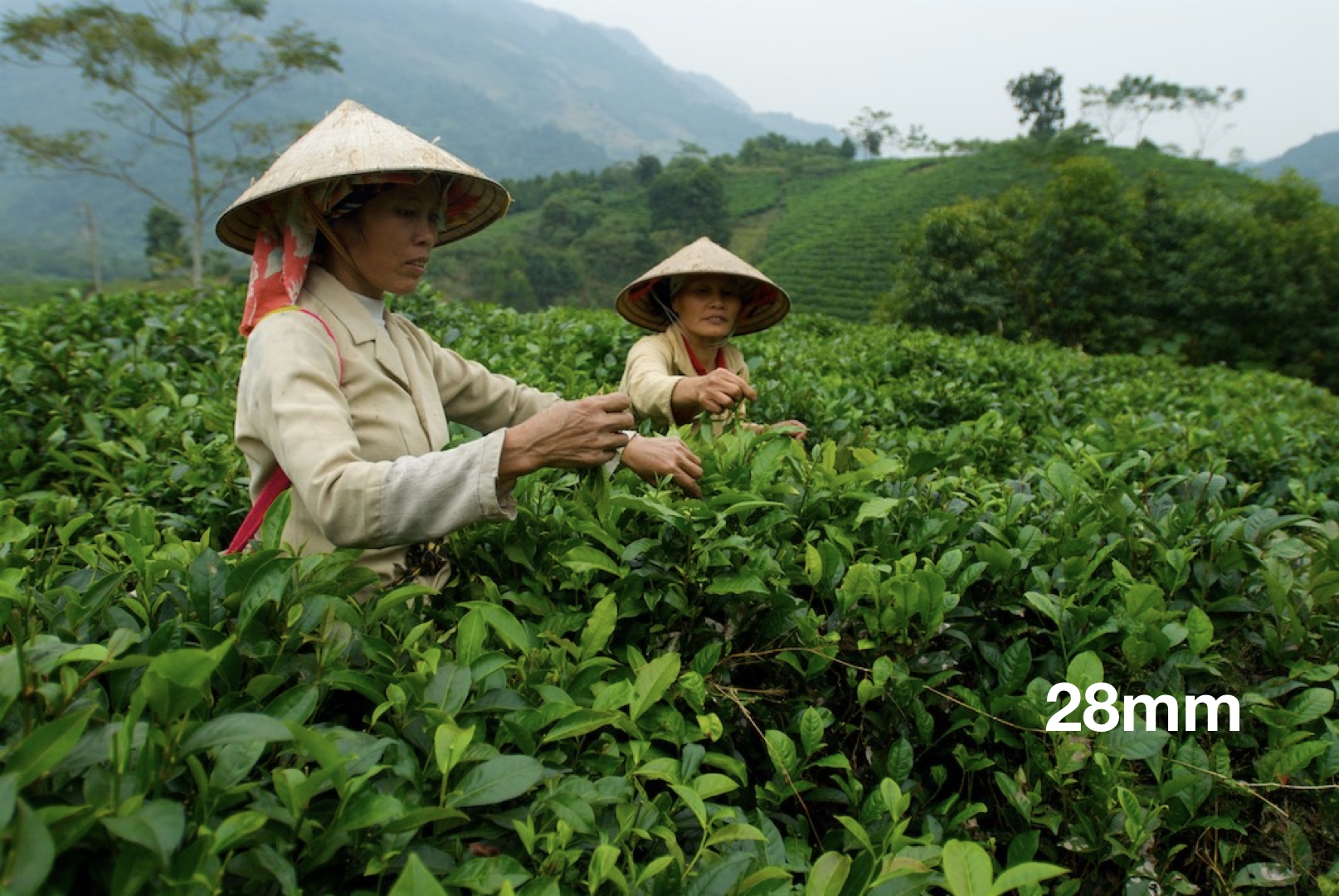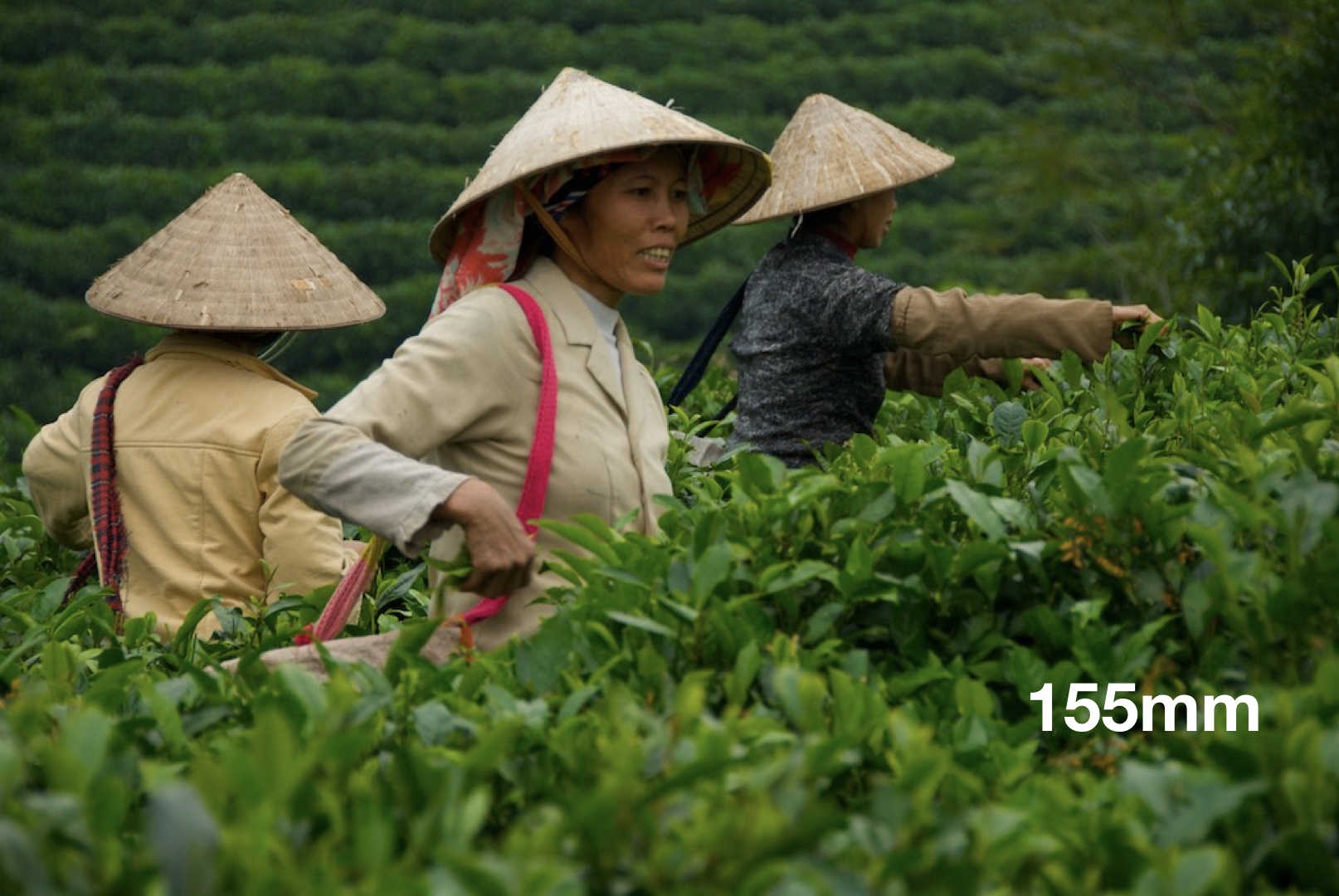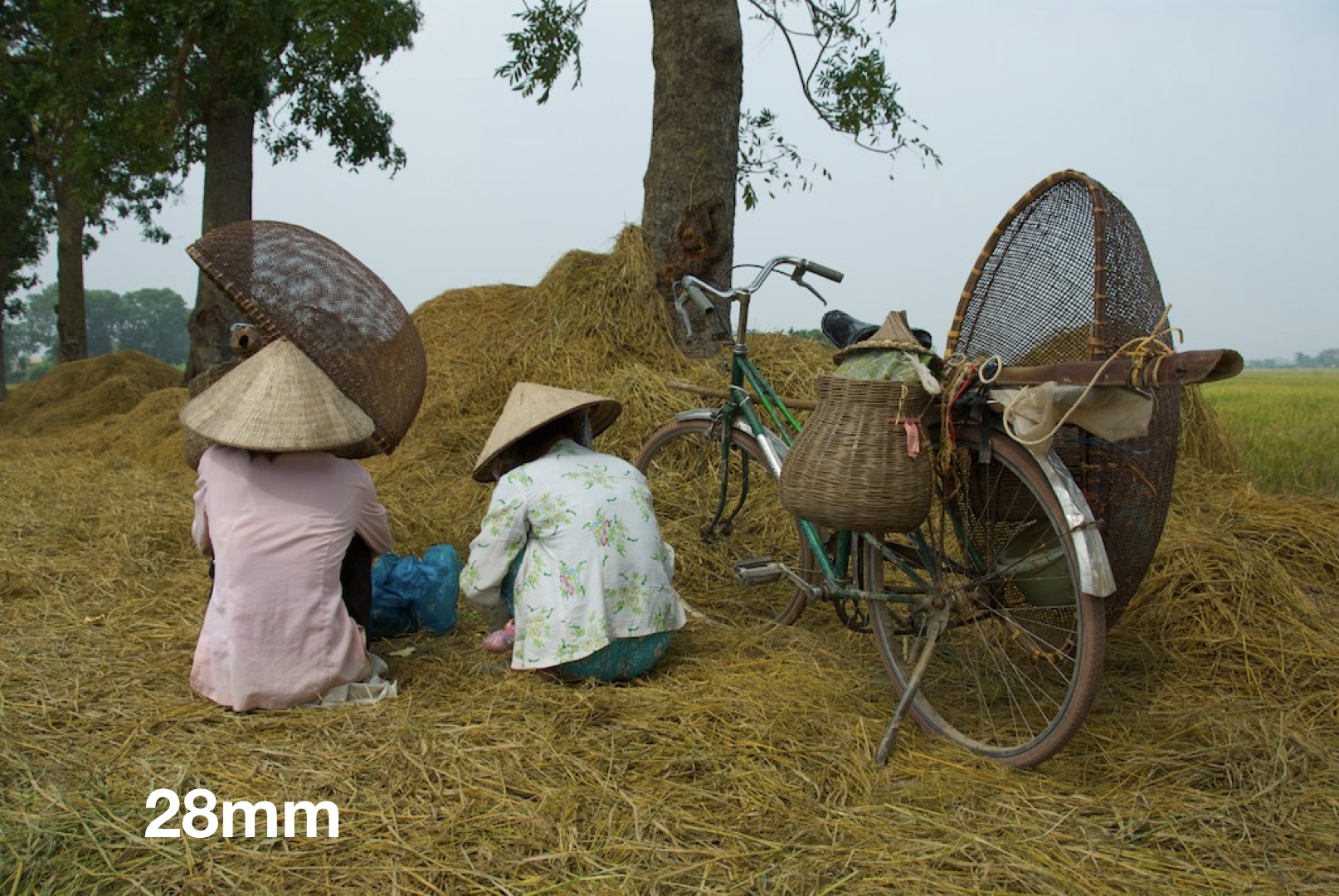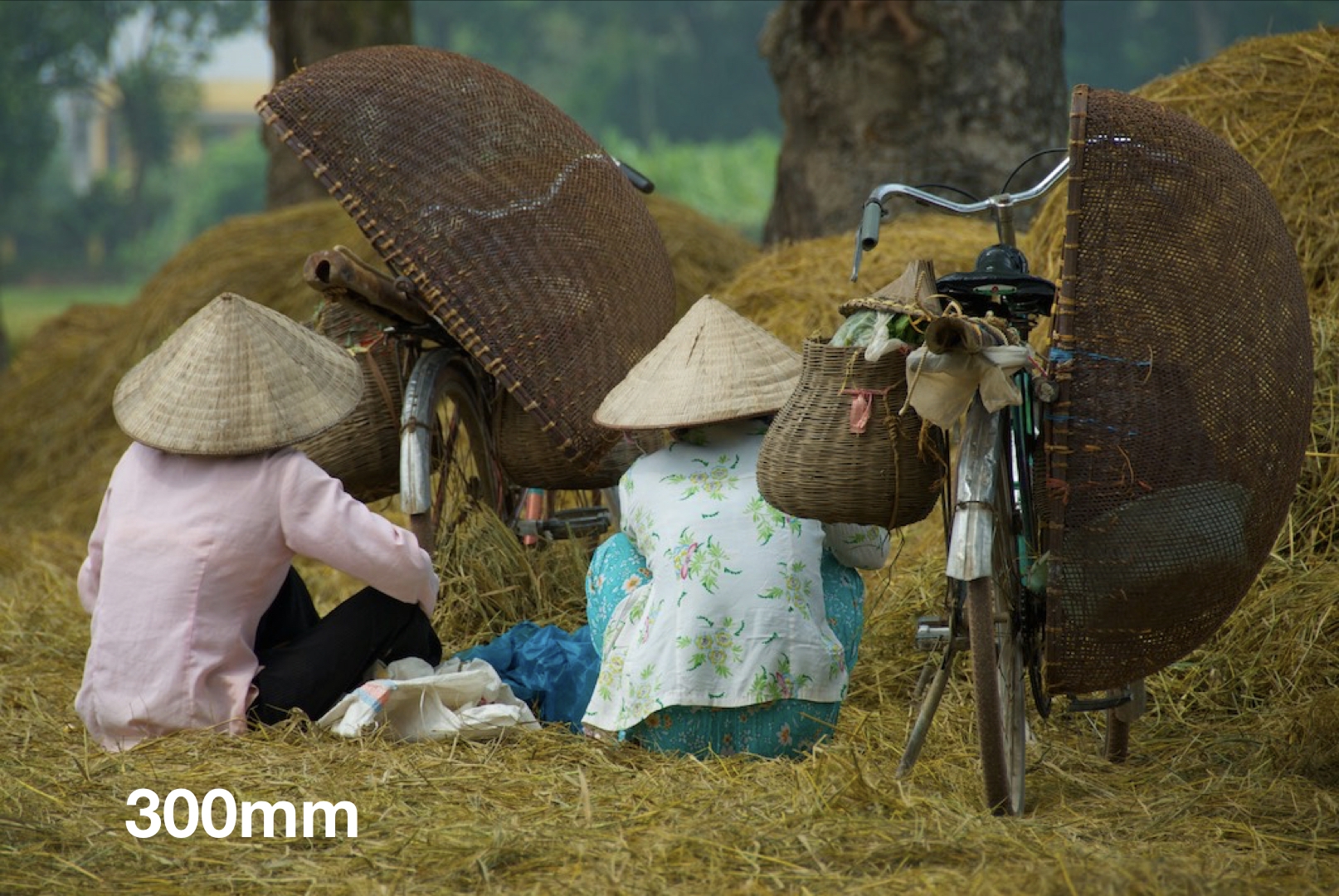Understanding focal lengths is incredibly important in photography. You need to understand how different focal lengths see the world because that will enable you to choose the best focal length for your image.
What is focal length?
Focal length is a number represented in mm that tells you the angle of view that your lens will capture. The lower the focal length number, the wider the angle of view. For example, a 14mm lens has an angle of view of 114 degrees while a 200mm lens has a focal length of 12 degrees.


So wide angle lenses like the 14-24mm F2.8 have a wide field of view and telephoto lenses like the 70-200mm F2.8 have a narrower field of view.
It is also important to understand that the size of your sensor affects your focal length. “Full Frame”, “FF” or “FX” sensors are the same size as 35mm film (24mm by 36mm). Cameras with these larger sensors tend to be more expensive that crop sensor cameras with smaller sensors.
A 100mm lens on a full frame camera will act like a 150mm lens on a 1.5X cropped sensor camera or like a 160mm lens on a 1.6X cropped sensor camera. So this will affect the field of view of your lens.
The example of the ferries wheel illustrates the way that many people think about lenses. You use wide angle lenses to capture a wide view of the world and you use telephoto lenses to capture images of things far away. But you need to shift that thinking to to truly understand lenses and focal length.
Understanding How Focal length Affects Your Image
I have heard photographers say that they don’t need a wide angle lens because they don’t really like landscape photography. And if they need get more into the scene then they can just back up.
While they might be able to back up, the image they capture will be different. You can’t just replicate the look of a wide angle lens by backing up with a longer lens. Just like you can’t replicate the way a long telephoto sees the world by getting closer. It doesn’t work that way.
Different lenses see the world differently.
It is really important for photographers to understand how their different focal lenses see the world because they will be able to choose the lens that fits their vision for the image they have in their mind.


Look at the shape of the marker and the size of the buildings in the background. In the 28mm example, I was quite close to the marker while I moved back to capture the image with a 150mm focal length.


When comparing the two images, the shape of the truck and the compression of the parts of the image are very different. I moved back away from the truck for the 105mm focal length image.
There are two things to notice in this series of images using different focal lengths. 1. The size of the tree and the rubbish bin the background 2. How the shape of the bench changes and becomes more compressed the longer the focal length is used.
One of the best ways to understand the concept of focal length is to capture images of the same subject using different lenses.
Start with your widest angle lens and make sure your subject is in a position where there is something in the background (so not right up against a wall). Get close to the subject so you can almost fill the frame with the foreground subject and capture an image. Then select a longer focal length and back away from your subject so you can fill the frame with the foreground subject and still see the same thing in the background. Compare the images. You can actually do this for multiple focal lengths and not just your widest and longest focal lengths.
Check out the video of my example of using the 18mm, 140mm and 300mm on a 1.5X crop sensor camera.
Here are some more examples of how focal length affects your image. Be sure to pay attention to the size of the objects in the background.
Thanks for all your support. As an Amazon Associate I earn from qualifying purchases.
